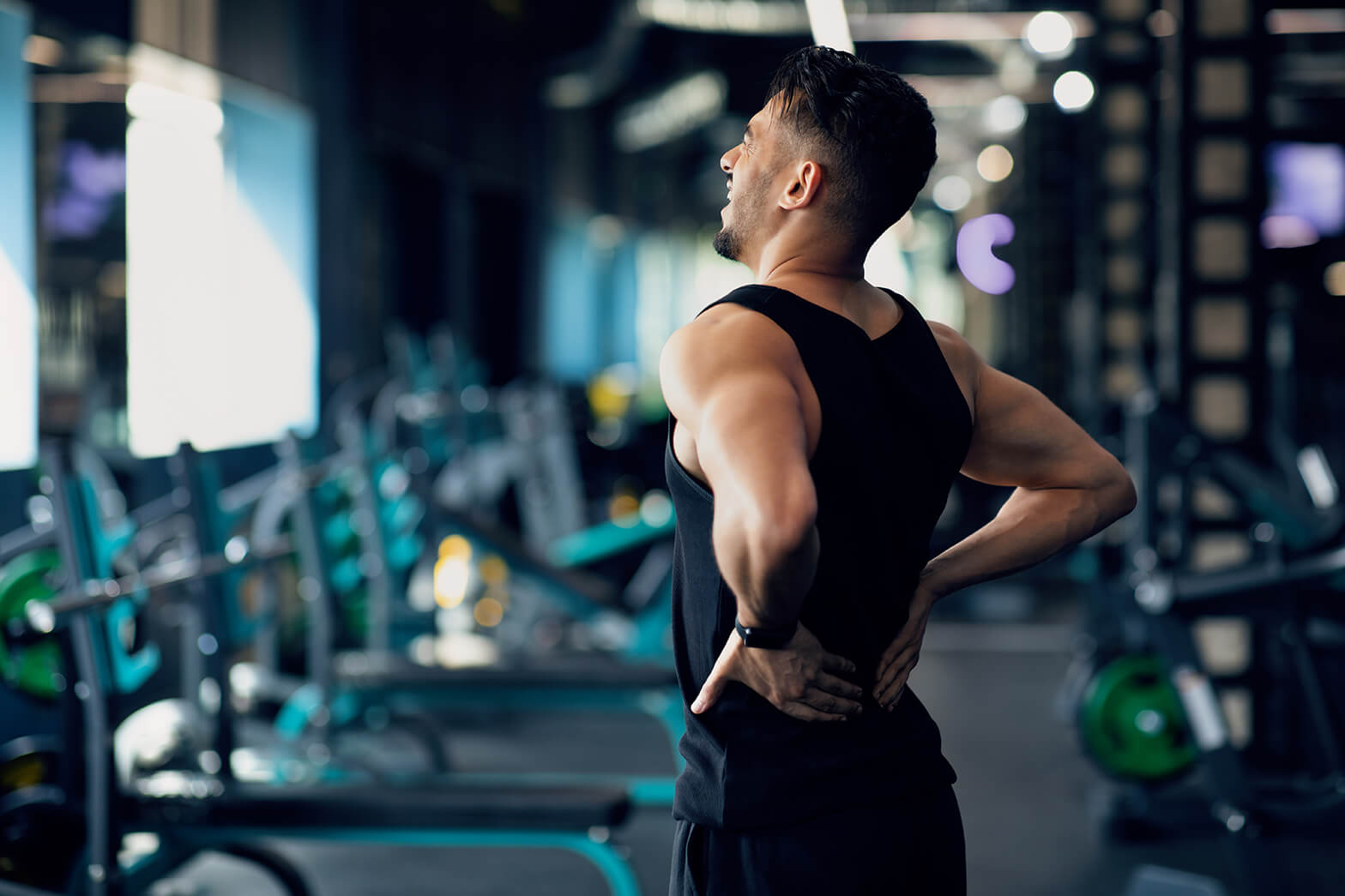Everyone can experience lower back pain, but are there causes that only affect one sex?
While there are many reasons that someone could be feeling pain in their lower back, there are some causes of lower back pain in females that males have little to no risk of developing.
Read on to learn about possible causes of lower back pain that specifically affect women as well as possible treatment options to help alleviate the aches.
What is lower back pain?
While many people refer to any twinge near their waist as lower back pain, there’s actually a specific definition that’s been determined by Global Burden of Disease studies. The pain must last for more than a day and be located between the 12th rib and the lower gluteal folds to be called lower back pain.
Regardless of gender, lower back pain can cause:
- Tight muscles or knots.
- Muscle weakness.
- Loss of coordination or balance.
- Decreased range of motion.
7 causes of lower back pain in females
Females are actually more likely to experience lower back pain than men, regardless of age group, even though the gap between the genders can increase once a woman reaches menopause.
There are several medical conditions that women can experience throughout their life that would cause lower back pain, including:
- PMS — Premenstrual syndrome can cause many symptoms before your period arrives, and even a couple of days after. Lower back pain is one of the most common symptoms of PMS.
- PMDD — Premenstrual dysmorphic disorder is a less common, and more severe, type of PMS. It takes the symptoms of PMS, such as lower back pain, and increases their severity. Some PMDD symptoms can become so uncomfortable and painful that you can’t take care of your day-to-day responsibilities.
- Dysmenorrhea — Many people think that all menstrual cycles are the same, but that’s not true. Much like PMDD, dysmenorrhea cranks up period symptoms, like lower back pain, and makes them much more severe and painful.
- Pregnancy — As your body adjusts to develop a baby, there are many symptoms that show signs of your body changing. Lower back pain is common during pregnancy due to your body’s center of gravity shifting. In addition, the weight gain puts more pressure on your lower back, especially as the baby grows.
- Endometriosis — This disorder refers to tissue growing outside of the uterus that is normally inside the organ. Symptoms can include lower back pain as well as menstrual irregularity.
- Sacroiliac (SI) joint dysfunction — SI joint pain comes from the sacroiliac joint, which connects your pelvis to the bottom of your spine. This can result in lower back pain in females because the surface area of their SI joint is smaller than men’s, which puts more pressure on it.
- Ovarian cysts — These are fluid-filled sacs that can form on the ovaries. If a cyst ruptures, it can cause lower back and pelvic pain, as well as irregular menstruation.
Physical therapy treatments that can help lower back pain in females
There are many physical therapy methods that can help females alleviate their lower back pain. Whether it’s due to conditions that cause hormonal changes or a medical disorder, physical therapists have several ways to help your pain.
Physical therapy treatments to help lower back pain include:
- Hot and cold therapy — Using ice packs and hot compresses are tried-and-true methods recommended by physical therapists to alleviate pain. You can use ice packs to numb the area and alternate them with a heating compress to increase the blood flow.
- Back exercises — A physical therapist can walk you through exercises that will strengthen the muscles in your lower back to increase support while you sit, stand or walk. These exercises can also improve your posture, decreasing the pressure on the lower half of your spine.
- Stretching — Loosening your tight muscles and increasing your back flexibility is essential in alleviating your lower back pain. A physical therapist will help you learn how to safely and effectively stretch your lower back muscles to release the tension from the knots that are causing the pain.
- Spinal mobilization/manipulation — By manipulating the joints in your spine with their hands or a tool, a physical therapist can move the joints or tissue by force at the base of your spine that are causing the pain. The amount of force can vary depending on the cause and severity of your lower back pain. This can increase your back’s flexibility and range of motion.
Advent Physical Therapy can help females alleviate lower back pain
Whether it’s due to monthly hormonal changes or a medical disorder, women are susceptible to lower back pain that restricts their range of motion and makes it difficult to handle daily activities. If you’re ready to alleviate your lower back pain, we’re here to help.
Contact our team today for more information or to schedule an initial appointment.

